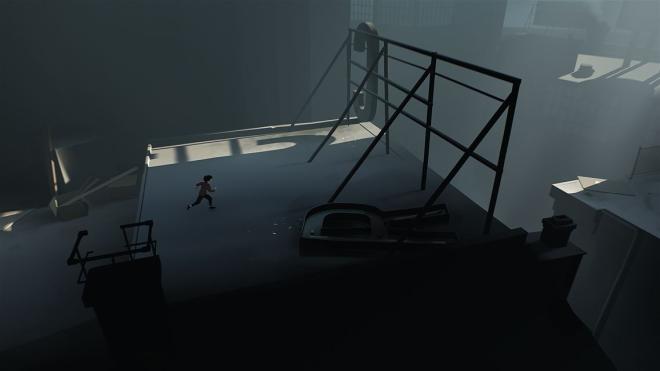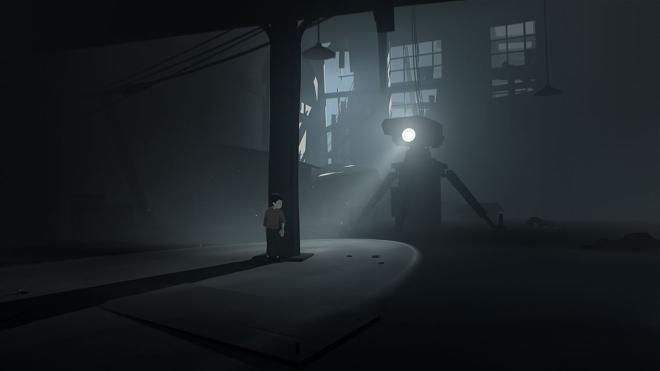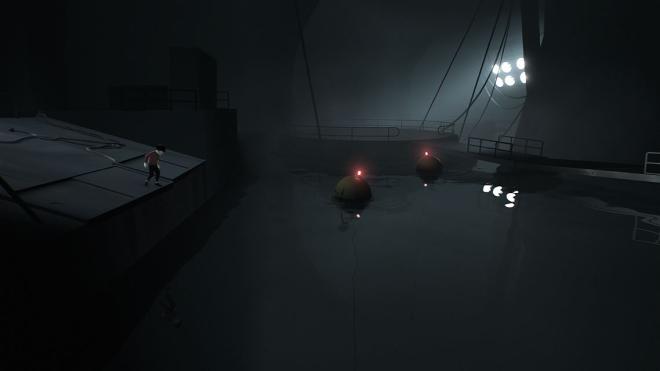INSIDE
Overview -
Danish indie developer Playdead burst onto the gaming scene in 2010 by releasing 'LIMBO.' Their 2D puzzle-platformer garnered praise for its distinct visual style, physics-based puzzles and gruesome imagery. Six years later, the studio is back with another game in the genre called 'INSIDE.' While not a sequel, it builds upon many of the themes and mechanics seen in their debut effort.
Video Review

'Inside' uses a wider color palette than 'Limbo,' so at first glance it seems like a brighter game. This isn't the case. By showing off more to its world than silhouettes, Playdead presents something that ends up being even more grim. Despite this, there's a beauty that occasionally shows its face. It doesn't last long, but it's definitely present within the experience.
Aside from stellar art design, the animation also deserves praise. I was consistently impressed with how the boy moved through environments and climbed objects. Even mundane tasks such as dragging boxes are wonderfully animated, and the grisly death scenes are interesting to watch (in addition to being a great deterrent towards sloppy play). Every moment in 'Inside,' no matter how appalled I was while looking at it, is gorgeous on an aethestic level.
Audio Review

Similar to Playdead's first outing, there's no music in 'Inside.' Instead the studio opts for an atmospheric approach, and it's ultimately better off for it. I felt fully immersed in the world. Every sound effect I heard had an added impact since it was so different from the ambient noise that makes up most of the background noise. Early on, an angered pig's squeal scared me, and that wouldn't be possible if the game was accompanied by a busy musical score.
Final Thoughts

Playdead could have simply made yet another 'Limbo' and it would've been great. Instead, they kept the core gameplay and went into a bold yet familiar direction with it. 'Inside' hasn't left my thoughts since I completed it, and I doubt it will any time soon. It's a fantastic game that proves what the medium can do when used correctly, and provides an experience that can't be replicated by film or literature.












